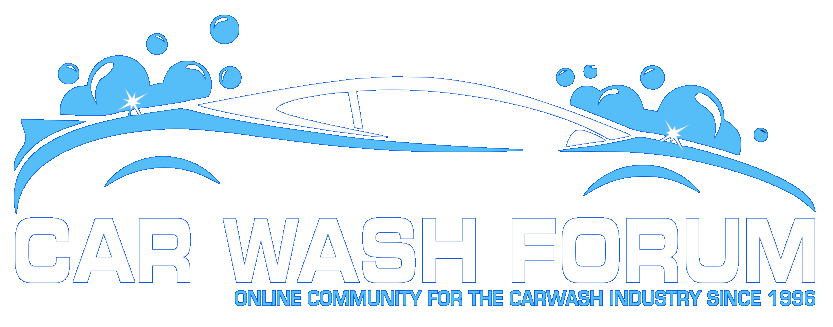1) I have seen several. 16?w by 50?l bldg w/IBA converted into a drive-thru, touch-less and a 16?w by 35?l bldg w/IBA (inverted L) converted by installing a 60? rear-wheel push conveyor.
2) Worth it is when the benefit of something is greater than its cost. This can only be determined on a case-by-case basis. What works for someone else many not make sense in your circumstance.
3) The shortest is the drive-thru, wash-bay (tunnel) that is used by some auto dealers. The bldgs for these systems are 25?l to 30?l.
4) Throughput is a function of the layout pattern. Consequently, you can end up with apple to orange comparisons when considering ?tunnel? versus in-bay wash-bay.
IBA use a fixed-position layout that keeps the product (vehicle) in one position because of its bulk and weight and materials and energy are brought to it. This pattern allows for a smaller footprint by eliminating space consuming handling equipment like a conveyor. Consequently, in-bay equipment must go around and/or back and forth over a vehicle. This takes time which varies and is affected by service recipe, delivery system and drying system. Consider a 20? area with POS and a 30? long bldg with a soft-cloth in-bay with on-board dryer that takes 4 min to cycle through
soap, wash, wax/rinse and dry. Add in 30 sec for the sales transaction, 30 sec to enter and exit the bay and you have a total time of 5 min. Since the acceptance rate of carwash is the time on the machine and total time to complete one car, this wash would be able to produce about 12 cph.
Conversely, tunnel wash-bays use a product pattern where the production components are arranged according to the steps required to clean a vehicle. This pattern is normally used in continuous production systems where the number of products is small. In theory, the throughput of a conveyor wash is 10 cph for every 10' length. As such, a 55? conveyor would have a service rate of 55 cars per hour. Even if we handicap this to say, a realistic rate of 36 cars per hour, this would still be 3 times more volume as could be achieved with the in-bay example.
Given the difference in the characteristics of an in-bay and conveyor wash, a fair and meaningful comparison would need to be based on wash-bay buildings of similar length.
Robert Roman
www.carwashplan.com







